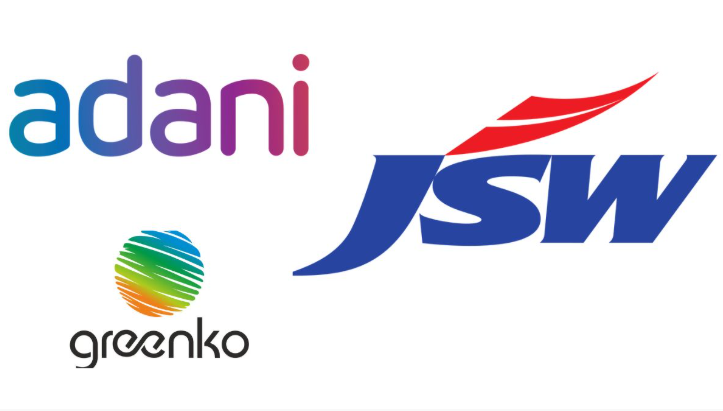

India’s green energy transition is reaching a turning point, with private powerhouses Greenko, Adani Green Energy, and JSW Energy racing to lead the charge. These giants are now at the heart of the country’s bold push into pumped storage hydropower pipeline (PSH), an essential pillar in India’s clean energy future.

The latest data from the Central Electricity Authority (CEA) reveals that Greenko, Adani Green Energy, and JSW Energy are poised to deliver nearly 66 per cent of India’s planned 51.24 gigawatts (GW) of pumped storage capacity by 2032. This ambitious rollout of long-duration energy storage marks a critical pivot in India’s decarbonisation strategy.
The call for flexible, on-demand storage is surging as the grid becomes increasingly powered by solar and wind. Pumped storage harnessing gravity and water to store and release energy is emerging as the go-to solution, particularly in states blessed with natural elevation and abundant water resources.
Hyderabad-based Greenko Group is leading India’s pumped storage revolution, set to develop 13.2 GW or about a quarter of the country’s total planned capacity. Adani Green Energy, with 11.4 GW, and JSW Energy, with 7.7 GW, are close behind. Together, these energy heavyweights are driving a nationwide effort to build out India’s storage backbone—crucial for stabilising the grid and cutting reliance on fossil-fuel-based peaker plants.
This marks a dramatic scale-up from where India stands today, with less than 5 GW of installed pumped storage capacity. The transformation ahead is massive. According to the Central Electricity Authority (CEA), 39 projects are slated for commissioning by 2032, with 10 GW already under construction. Andhra Pradesh and Maharashtra are leading the charge, which will host nearly 57 per cent of the planned capacity thanks to their ideal mix of hilly terrain and ample water resources.
Greenko is set to make a major splash this September with the launch of its first pumped storage plant, a 1,680 MW flagship project in Pinnapuram, Andhra Pradesh. This milestone marks Greenko’s expansion beyond its traditional run-of-the-river hydro portfolio and into long-duration storage. Not far behind, Adani Green is gearing up with similar ambitions. The company has touted pumped storage as a high-yield investment, offering stronger internal rates of return (IRRs) than conventional renewables. Its first project, a 500 MW facility near the Chitravathi dam in Andhra Pradesh, is slated to go live by 2027.
Public sector players aren’t sitting idle either. By October, THDC India is on track to commission a 1,000 MW pumped storage plant in Tehri, Uttarakhand, while Tamil Nadu’s utility, TANGEDCO, plans to bring a 375 MW project online in Kundah by December. Together, these developments signal a growing momentum across both private and public sectors to strengthen India’s energy storage capacity at scale.
Globally, these systems make up over 90 per cent of all energy storage capacity, far outpacing newer technologies. While battery energy storage systems (BESS) can be deployed more quickly, they face challenges around high costs and dependency on global supply chains, particularly Chinese manufacturing.
India’s policymakers are taking a pragmatic approach, backing both pumped storage and BESS to create a flexible, resilient energy mix. With an estimated 176 GW of pumped storage potential, 70 GW of it concentrated in Andhra Pradesh and Maharashtra, the country has a strong natural foundation to support this growth.
As the world pivots from carbon-heavy power to clean and controllable solutions, India’s big bet on pumped hydro, championed by Greenko, Adani, and JSW, underscores its commitment to building a stable, sustainable energy future.
Responses








